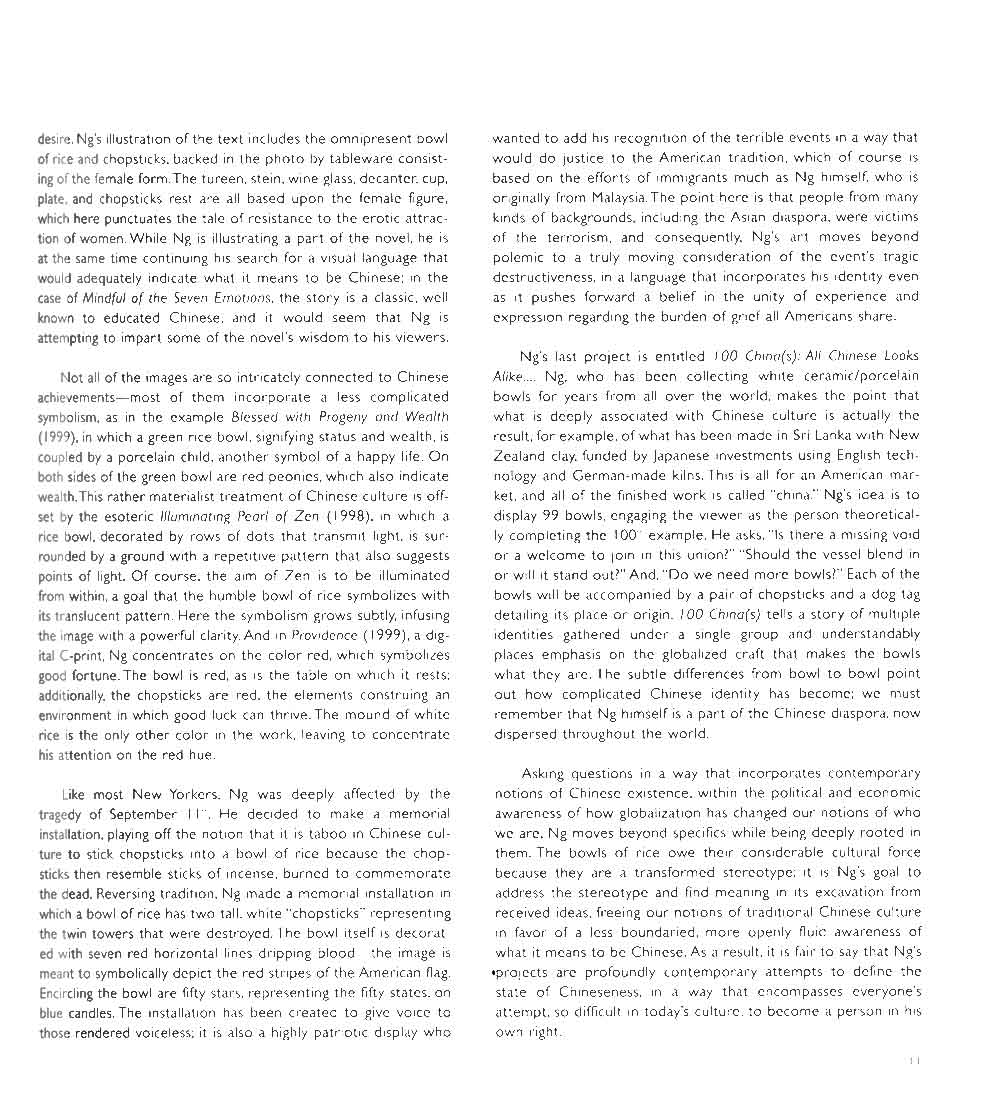Write The nth Partial Sum Equation of each Arithmetic.
So once you know the common difference in an arithmetic sequence you can write the recursive form for that sequence. However, the recursive formula can become difficult to work with if we want to find the 50 th term. Using the recursive formula, we would have to know the first 49 terms in order to find the 50 th.This sounds like a lot of work.
An arithmetic series is the sum of the terms of an arithmetic sequence. A geometric series is the sum of the terms of a geometric sequence. There are other types of series, but you're unlikely to work with them much until you're in calculus. For now, you'll probably mostly work with these two. This page explains and illustrates how to work with.

You can also use this arithmetic sequence calculator as an arithmetic series calculator. But even if you choose to write the sequence down manually, this isn’t that much of a challenge. Let’s have an example of an arithmetic sequence: 3, 5, 7, 9, 11, 13, 15, 17, 19, 21. You can sum all of these terms manually but this isn’t necessary.

Let's write an arithmetic sequence in general terms. So we can start with some number a. And then we can keep adding d to it. And that number that we keep adding, which could be a positive or a negative number, we call our common difference. So the second term in our sequence will be a plus d. The third term in our sequence will be a plus 2d.

Write an equation for the nth term of the arithmetic sequence. Then find a 10-5,-4,-3,-2.

Arithmetic sequence is a list of numbers where each number is equal to the previous number, plus a constant. The constant is called the common difference ( ). The formula for finding term of an arithmetic progression is, where is the first term and is the common difference. The formulas for the sum of first numbers are and.

Write the mathematical expression that describes the arithmetic sequence. Use sigma notation to describe the sum of the first ten terms of the arithmetic sequence 20, 18.5, 17, 15.5, 14, (the difference is from -1.5) Help, please!

In this lesson, we learn how to evaluate and write arithmetic sequences and geometric sequences. Recognizing Sequences One of the most important skills that you will learn in math class is the.

Write an equation for the nth term of the arithmetic sequence with a first term of 22 and a common difference of -10.

Let’s read a particular post Derivation of the partial sum formula of every Arithmetic Series. P5. If the sum of first 7 terms of an AP is 49 and that of 17 terms is 289, find the sum of first n terms.

Introduction to arithmetic sequences. Sequences intro. Intro to arithmetic sequences. Intro to arithmetic sequences. Extending arithmetic sequences. Practice: Extend arithmetic sequences. Using arithmetic sequences formulas. This is the currently selected item. Worked example: using recursive formula for arithmetic sequence.

Answer to: How do you write an equation for an arithmetic sequence? By signing up, you'll get thousands of step-by-step solutions to your homework.

Generating a sequence from a difference equation; 3. Difference equations that represent arithmetic sequences; 4. Difference equations that represent geometric sequences; 5. Generate the first 4 terms of a sequence; 6. Generate the first 4 terms of another sequence; 7. Find a general expression for the nth term; 8. Find a general expression for.



